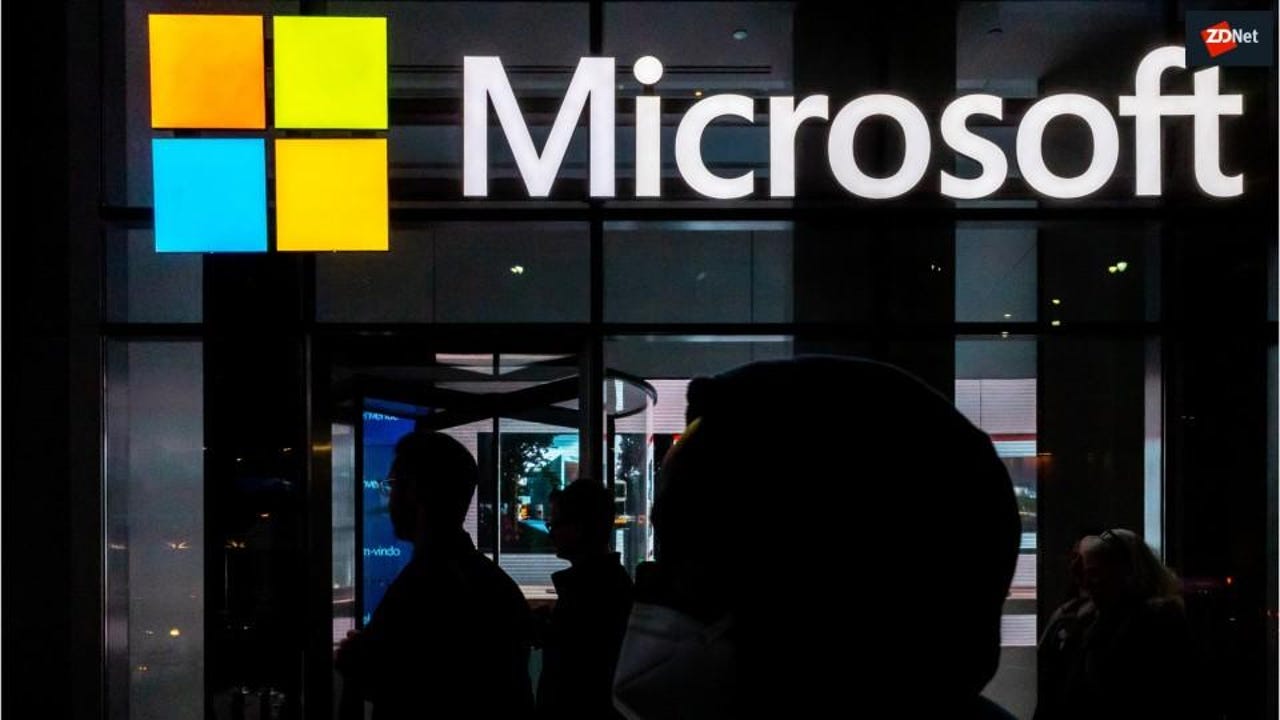Microsoft gives in to trolls. The question is why


A strange withdrawal?
Microsoft is a confident company.
It's managed to change perceptions of it as grasping and callous into something far more nuanced, far more likable and far more attuned to the human spirit.
Featured
I'm a little confused, therefore, by its recent actions over what many might think a perfectly subdued YouTube video.
It featured a work of art called The Life and the role of Redmond's mixed reality headset HoloLens 2 in it. Billed as the world's first mixed reality performance artwork, the idea was that real people could don the headset and see the artist before them. This artwork was later to be auctioned by Christie's.
Within days -- and without initial comment -- Microsoft removed the video from YouTube.
The problem, it transpired, was that the artist was Marina Abramovic, someone who's been the target of aggressive right-wing conspiracists like Alex Jones of Infowars. Naturally, they took to certain familiar media like Reddit and expressed their displeasure. Aggressively.
The peculiarly constructed accusations against Abramovic involve, oh, Satan and black magic. Although I'm not sure anyone's yet managed to ask Satan how he feels about all this.
I did ask Microsoft why it had suddenly faded the video to black. The company declined to comment. Microsoft did, however, tell the New York Times: "We recognize that our association with this project served as a catalyst for online attacks."
When CEO Satya Nadella uttered a reprehensible oopsie suggesting women should trust in karma, rather than asking for a raise, there were online attacks too. From the perfectly sane and sentient. (Nadella later apologized.)
Here, though, Redmond seems to have taken off its headset and scrammed with some haste.
Which makes me wonder one thing -- and it isn't to wonder about the merits of certain art and its role in our utterly broken world.
Instead, it's odd that, with a firm grasp of its brand, Microsoft wasn't ready. It must have known Ambramovic is, to some, polarizing. Many artists are. They're looking for a reaction in the spectator.
Surely, then, as part of its involvement, the company could have prepared itself for what might come along. This isn't the first time Abramovic's work has stirred the potentially crazed.
Instead, Microsoft appears to be readily admitting it never expected the reaction.
It's moving how Redmond is venturing with confidence into many areas of human experience. Unlike Apple, which so severely controls any piece of art of entertainment with which it's associated.
Yet here we are with Microsoft looking peculiarly cowed. It leaves the impression that, if you attack Microsoft online, the company will retreat.
Oddly, Christie's video version of the artwork's creation -- posted last November -- remains on YouTube. It's garlanded with all sorts of ugly comments, yet the auction house hasn't turned them off.
The painfully cynical might imagine that, unlike Microsoft, Christie's thinks it's good for business.
Or, after four months, perhaps Christie's is just used to it.